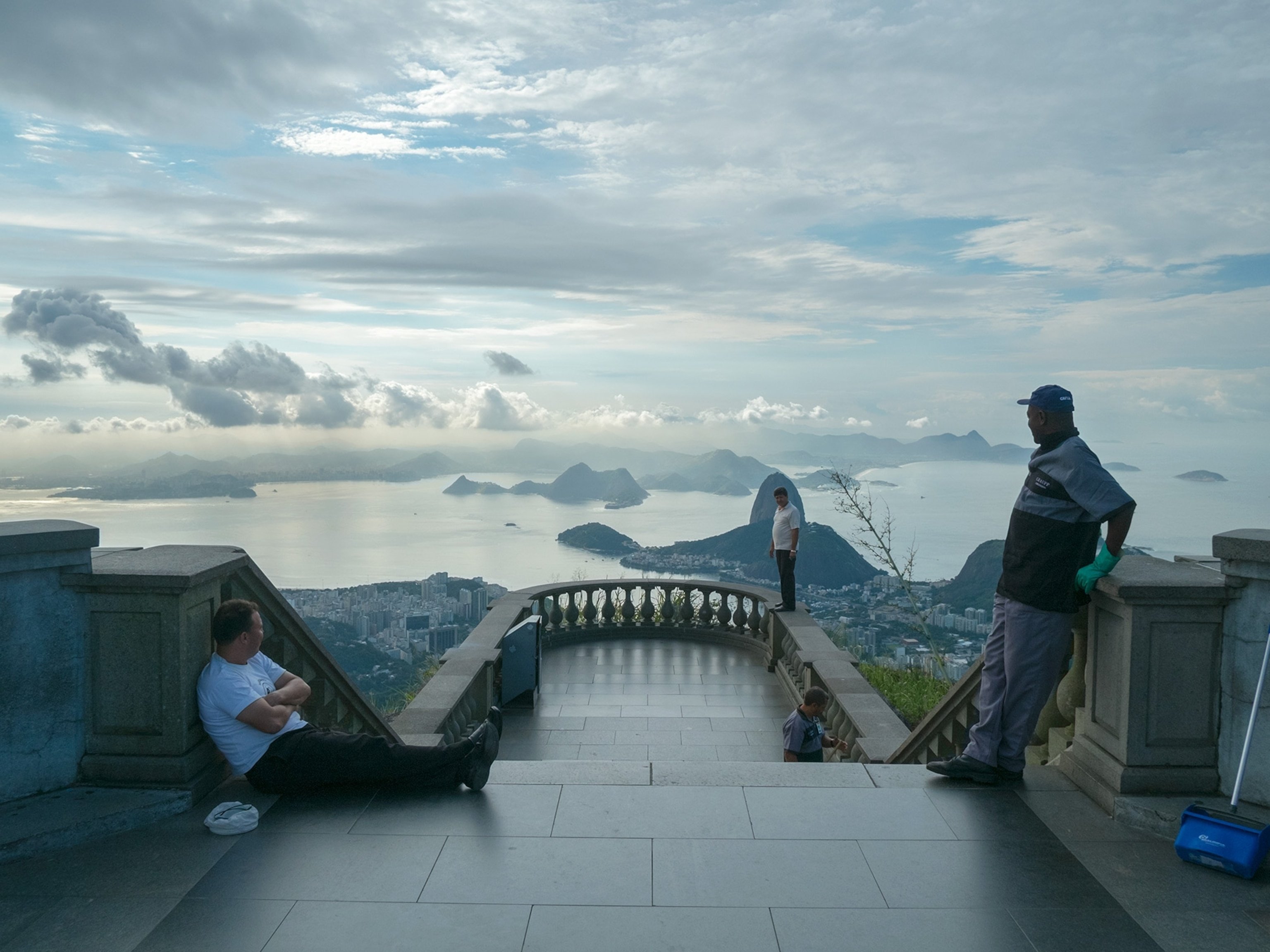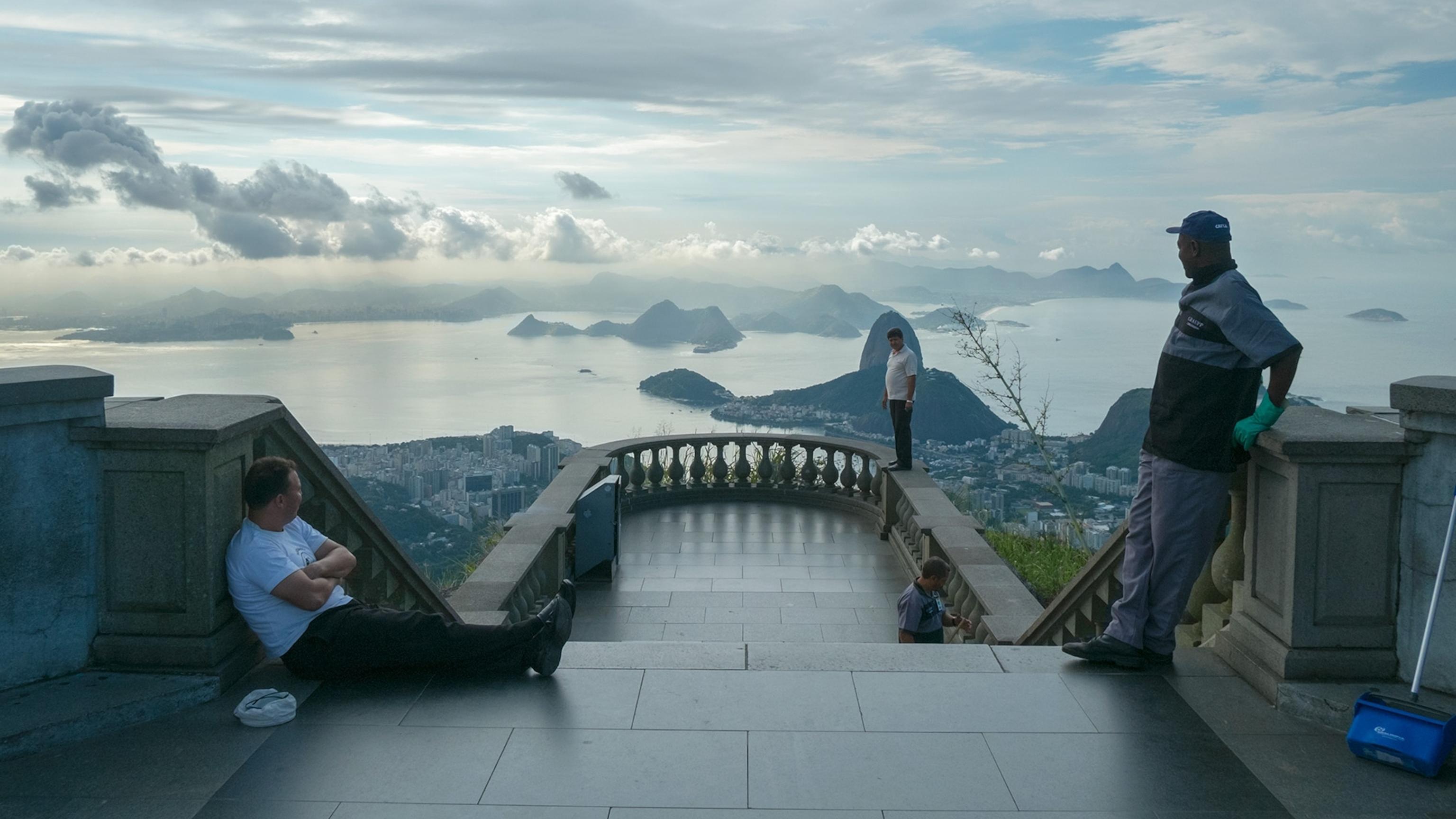When turning your back on the wonders of the world
In 2012, photographer Oliver Curtis was in Cairo, Egypt, on assignment, and like millions of other tourists, he visited the Great Pyramid of Giza. But instead of pointing his camera at the oldest surviving wonder of the ancient world, he turned to look in the opposite direction.
Curtis describes: "I realized I had come here by the same road, now the pyramids were behind me. The city of Giza lay under a veil of mist. Directly in front of me, the desert sand was decorated with countless human detritus: trash, rusted metal, a large rubber washer, and a torn sack. Then, in the middle distance, I saw a newly built golf course, its fairways a dazzling blue in the morning sun. The sight, the contrast of colors, the texture of space—it stimulated intense curiosity. Because I was standing in front of one of the greatest wonders of the world, but facing awaywrongdirection".
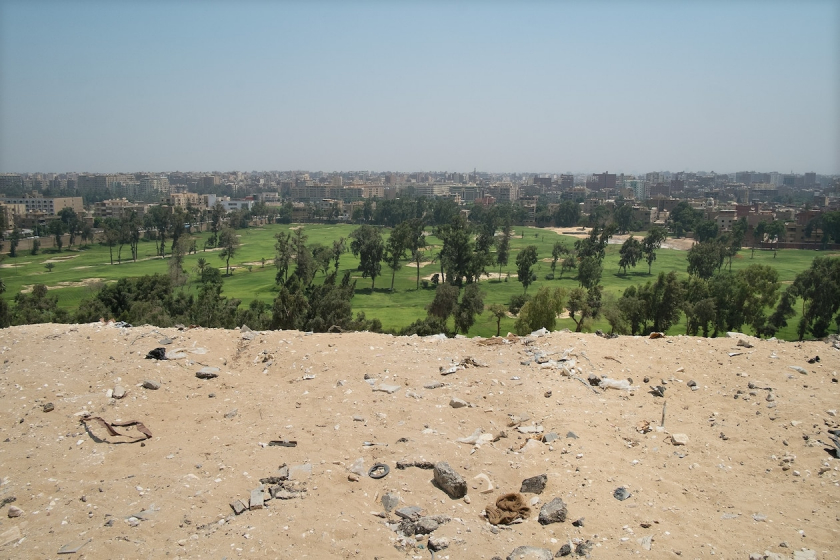
Behind the Great Pyramid of Giza (Giza, Egypt)
...What do we see?
When one turns away, much of what one sees is mundane, even seemingly an ugly contrast to the beauty behind it. They are overlooked views. They suggest a quiet history and a story. These views seem truly forgotten, deliberately or unconsciously suppressed in the shadow of great wonders.
“When you visit famous places that have been photographed so many times, you feel like you know it all,” Curtis says. Instead, he looks around, trying to understand how national pride is expressed through the land and its people, not just through a static wonder behind him.

At the Taj Mahal (Agra, India)
That year, what photographer Curtis saw when he turned his back on the Great Pyramid of Giza fascinated him so much that he decided to start a special photography project calledVolte-Face(roughly translated: Opposite Side). He visits famous landmarks and historical sites around the world, and captures them from completely opposite angles, in search of forgotten images and faces.
It took four years to make,Volte-Faceis an invitation to return to places that have been photographed so much by the world, so familiar that there seems to be nothing left to explore - and to turn around. To look the other way. To cherish a coincidence.

Parthenon Temple (Athens, Greece)

Behind the Stonehenge stone circle (Wiltshire, England)
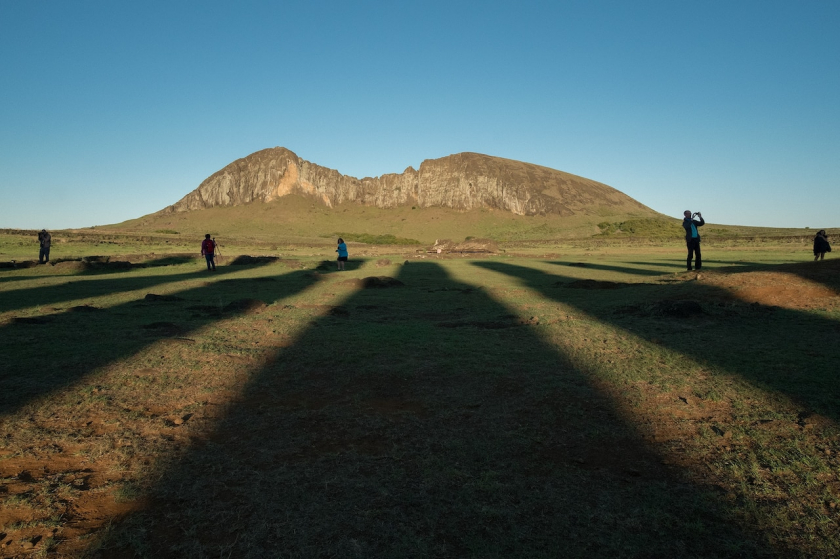
Ahu Tongariki (Easter Island, Chile)
On rare occasions, Curtis plans ahead before arriving at a location. For example, he wanted to photograph the famous bench at the Taj Mahal, where Princess Diana stopped to admire the masterpiece that symbolizes love. But often, the exploration of a location takes days. Curtis always tries to avoid overtly showing tourists in the frame, but the connection between people and space is still present throughout the project.
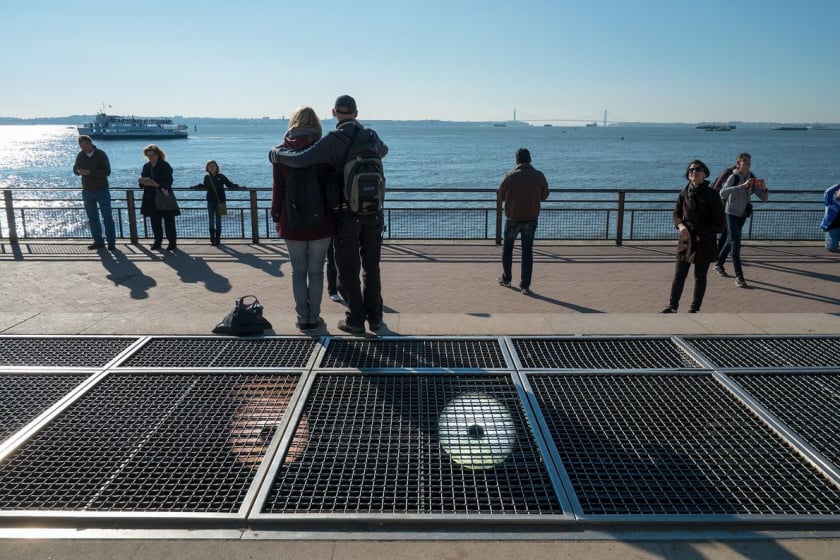
Behind the Statue of Liberty (New York, USA)

Behind the Hollywood Sign (Los Angeles, California, USA)
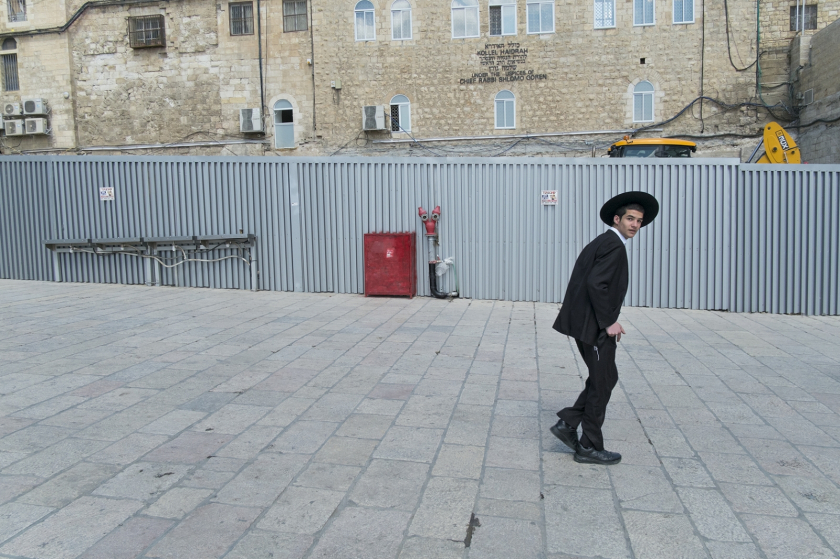
Behind the Wailing Wall (Jerusalem, Israel)
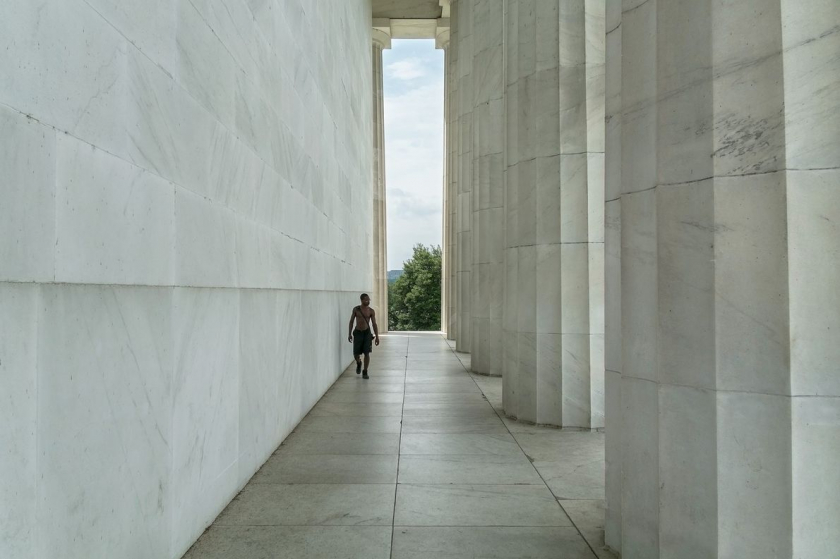
Lincoln Memorial (Washington, DC, USA)

Reichstag Building (Berlin, Germany)
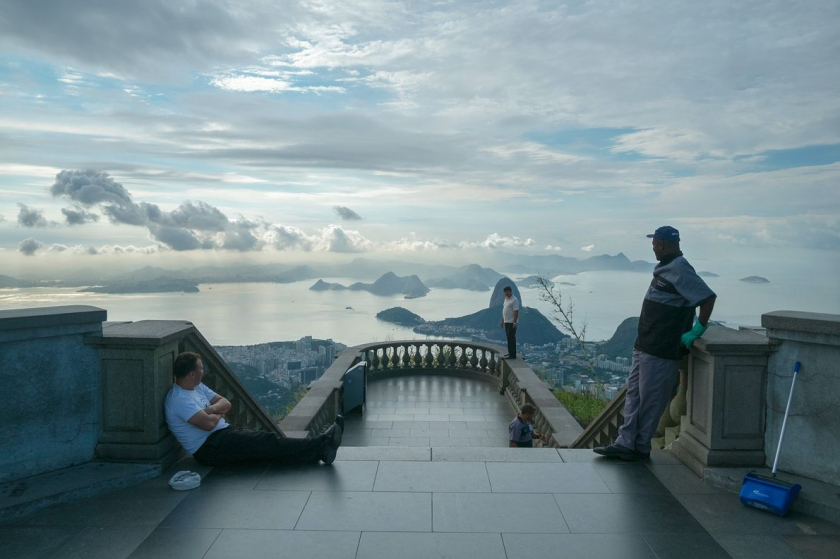
Behind the Statue of Christ the Redeemer (Rio de Janeiro, Brazil)
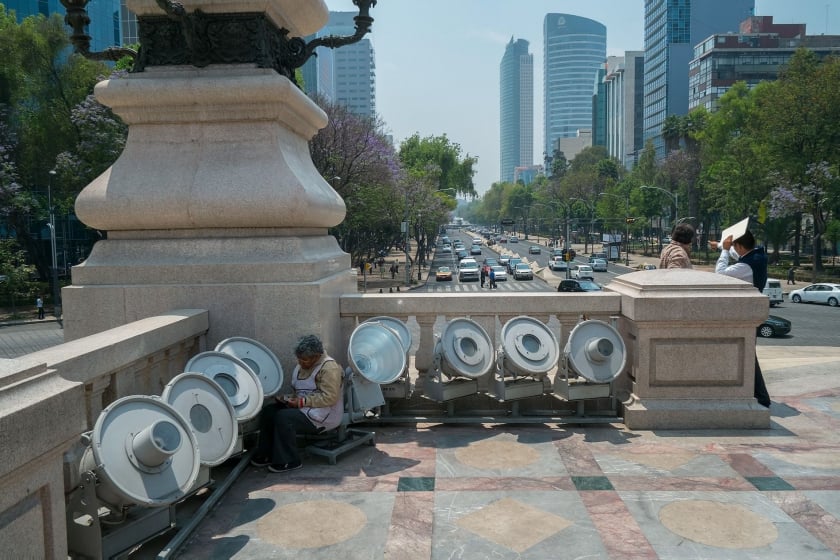
Behind the Angel of Independence (Mexico City, Mexico)

Behind the Auschwitz Concentration Camp (Oświęcim, Poland)

Behind the Sagrada Família Basilica (Barcelona, Spain)
“Even the most photographed landscapes on the planet have surprises.”- the last thing photographer Curtis said.





